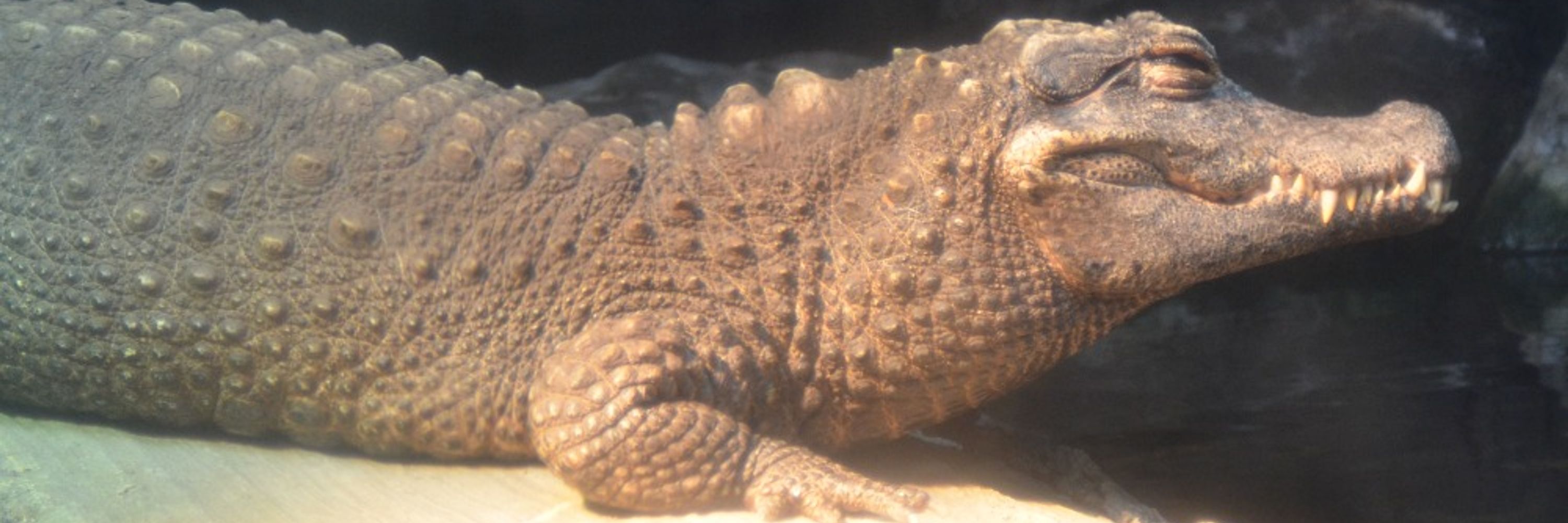Armin Reindl
@arminreindl.bsky.social
3.2K followers
400 following
350 posts
Artist, crocodile enthusiast, wikipedia editor
tags: #SciArt
Posts
Media
Videos
Starter Packs
Reposted by Armin Reindl
Reposted by Armin Reindl
Reposted by Armin Reindl
Reposted by Armin Reindl

















